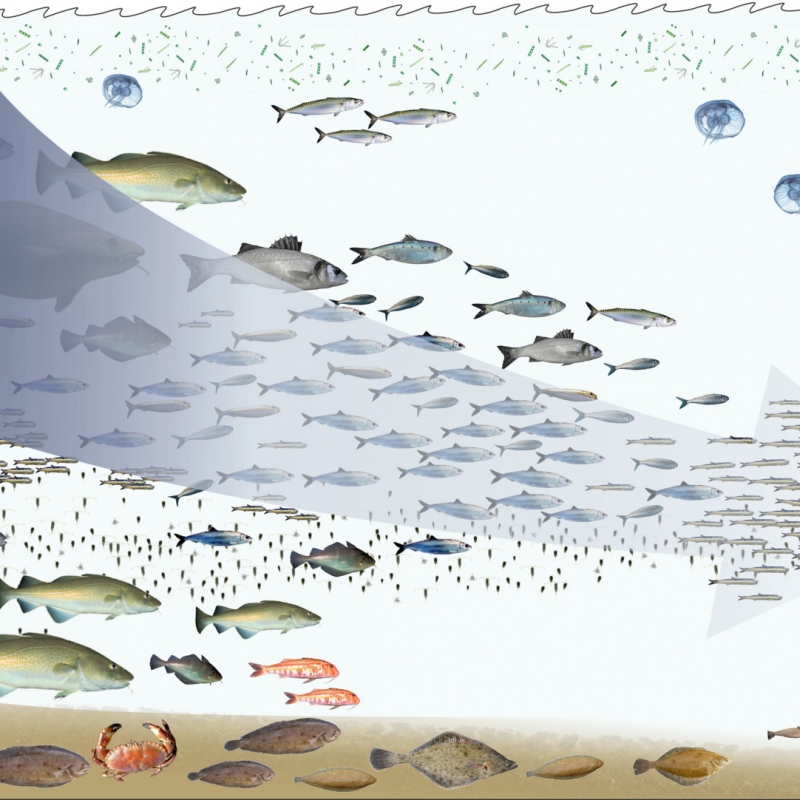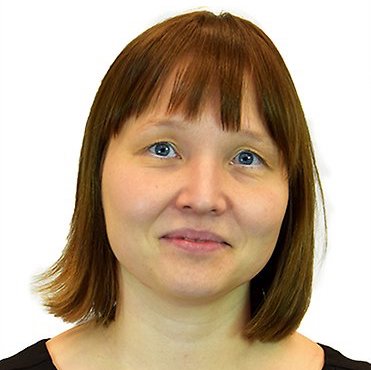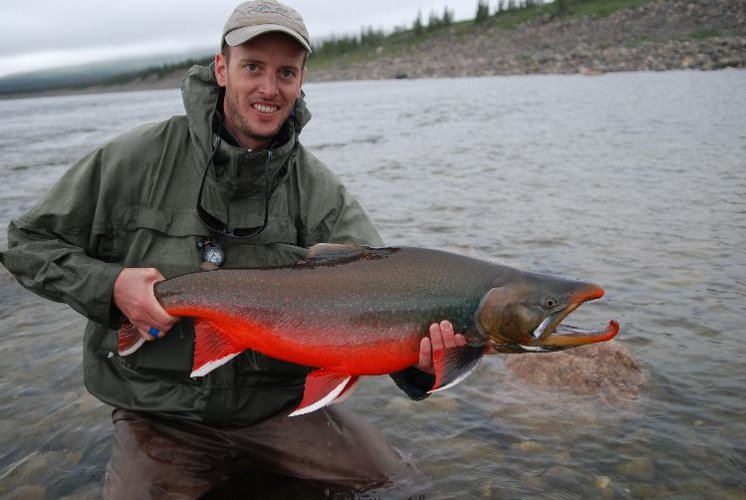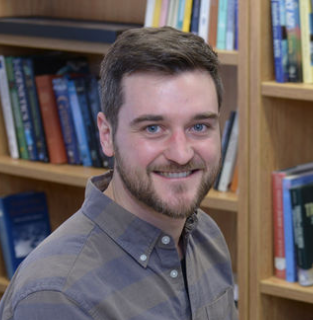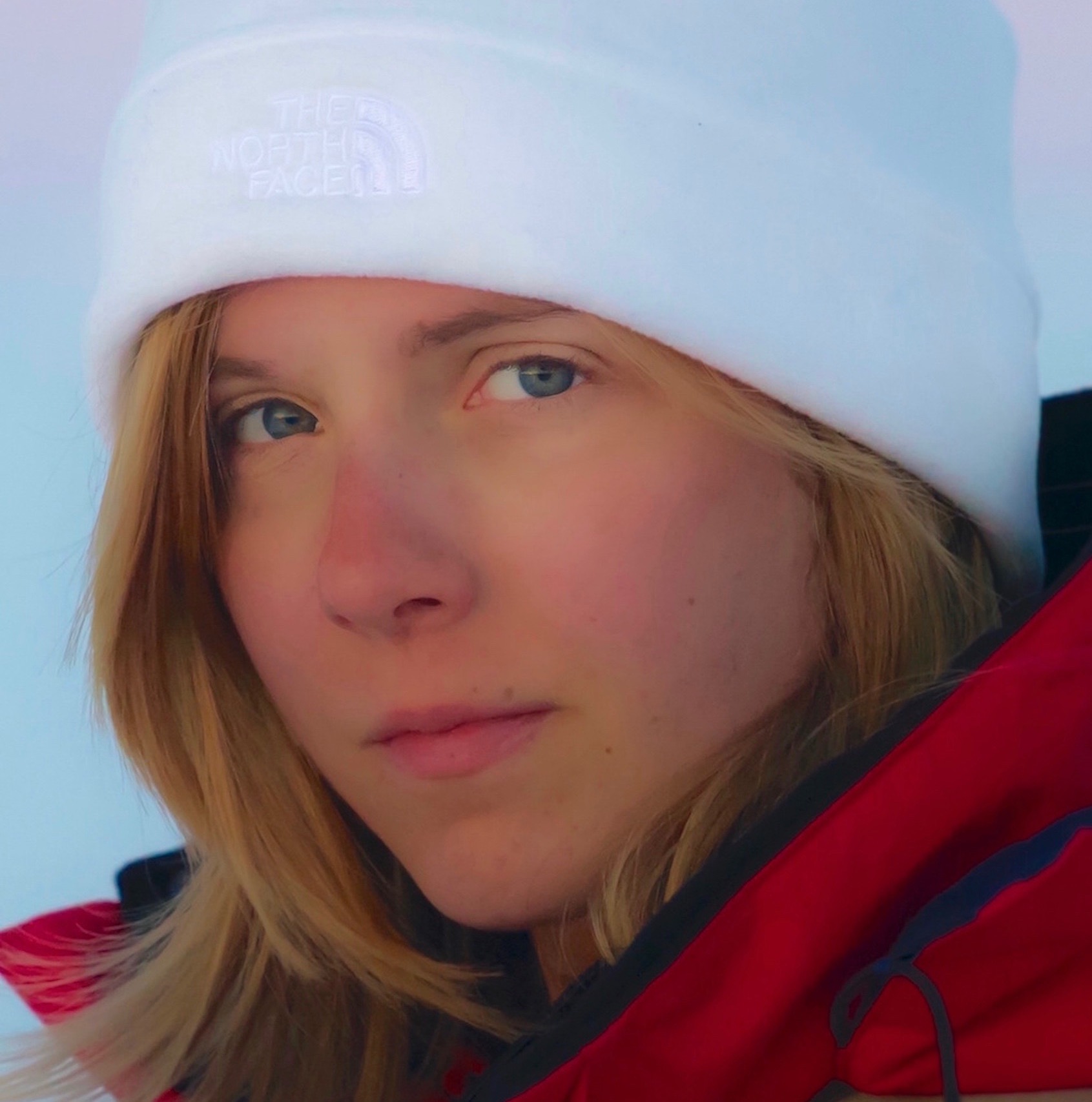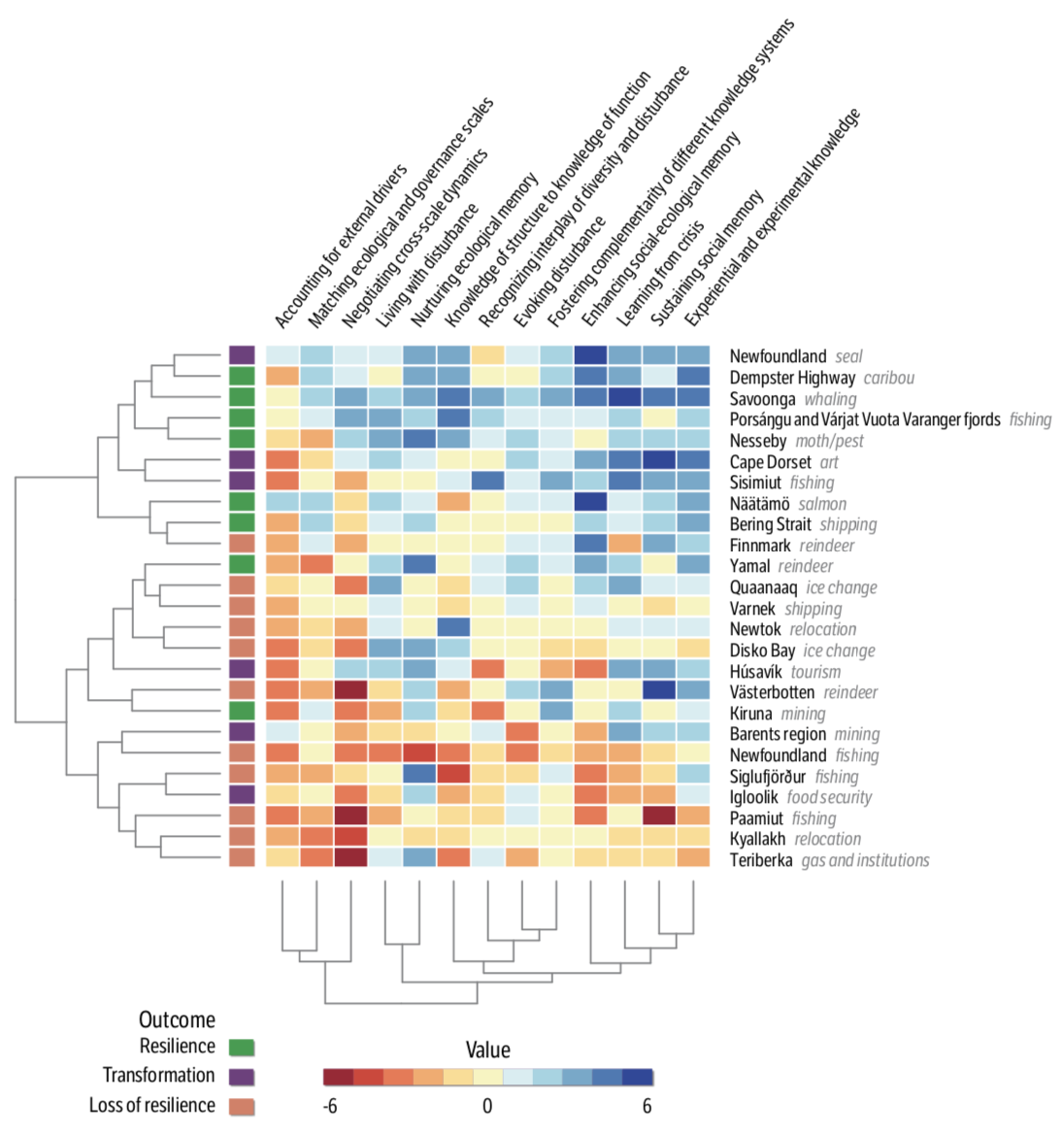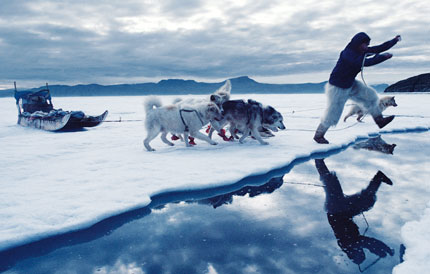Marine Arctic Resilience Adaptations and Tranformations
MARAT
Juan C. Rocha
Susa Niiranen, Jean-Sébastien Moore, Kevin Berry
NN, Marianne Falardeau-Côté, NN
Anne-Sophie Crépin, Elena Bennett, Garry Peterson
Funded by the Belmont Forum with the support of NSERC, DAFSHE, FORMAS & NSF
How can Arctic communities respond to these social and ecological challenges?
Will they adapt and continue with their traditional livelihoods, or transform towards new social-ecological configurations?
What strategies can help them build resilience or transform?
Assessing changes in Arctic marine environments and the adaptive and transformative capacities of coastal communities to those changes
Developing resilience assessment tools that are scalable to the Arctic region
3. Assessing the resilience of salmon dependent communities to climate change and the genetic erosion from hatcheries in Alaska
- Wild versus domesticated salmon: genetic erosion.
- Genetic diversity of wild salmon = adaptations to a wide range of conditions
- Remotness, risk, and profitability = overstocking domestic salmon
- Bioeconomic models: Theory of second-best and market failures
4. Developing tools for assessing adaptive and transformative capacities of Arctic communities
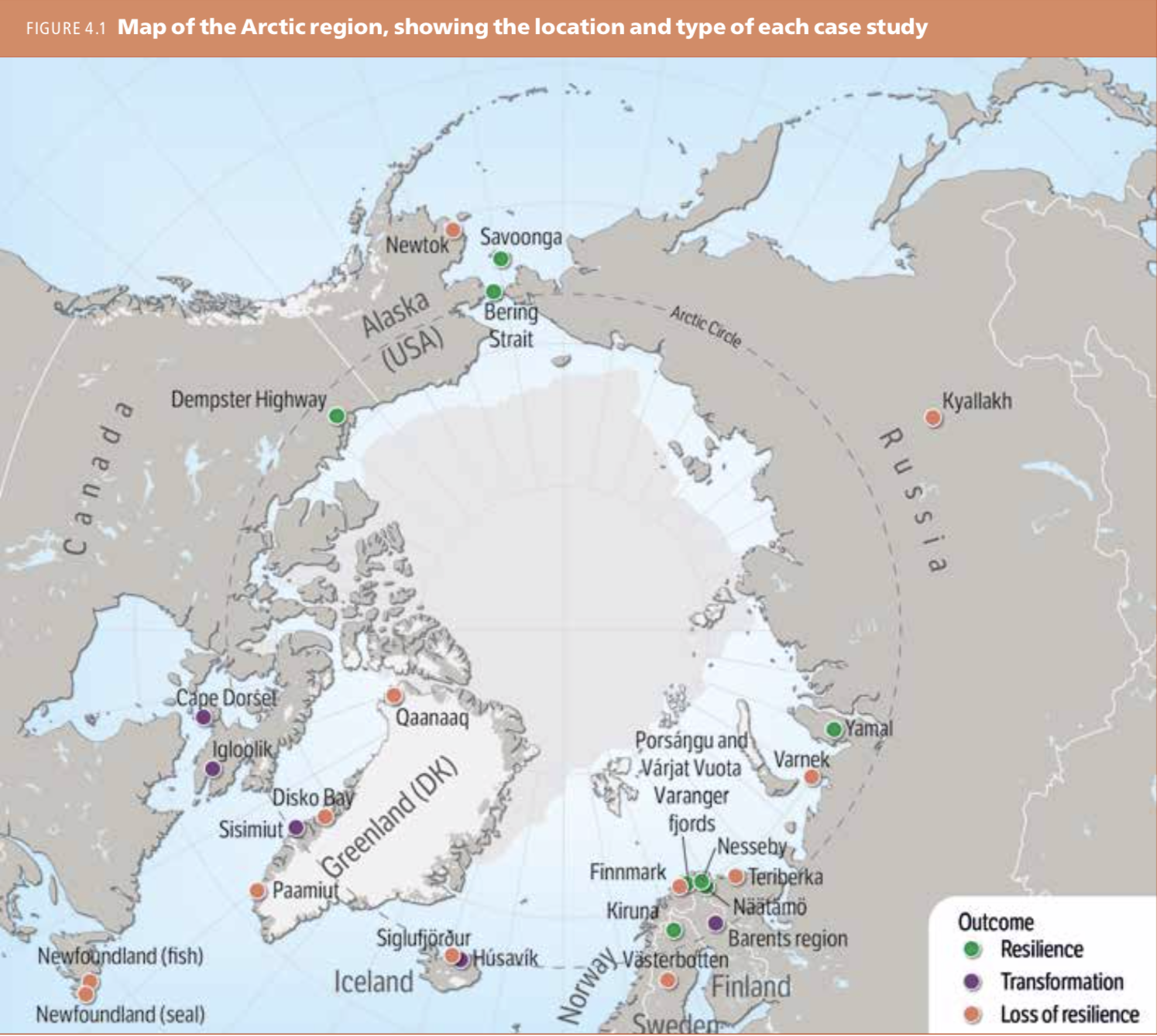
Communities with higher capacity to self-organise were more likely to remain resilient
4. Developing tools for assessing adaptive and transformative capacities of Arctic communities
- Empirically:
- Knowledge sharing [hypothesis]
- Lit review & QCA N >> 25
- Social media: reconstruct community networks
- Network models Assess diversity of livelihoods
- Theoretically:
- Models Biological and social diversity, target adaptations from a social evolutionary perspectives.

Team
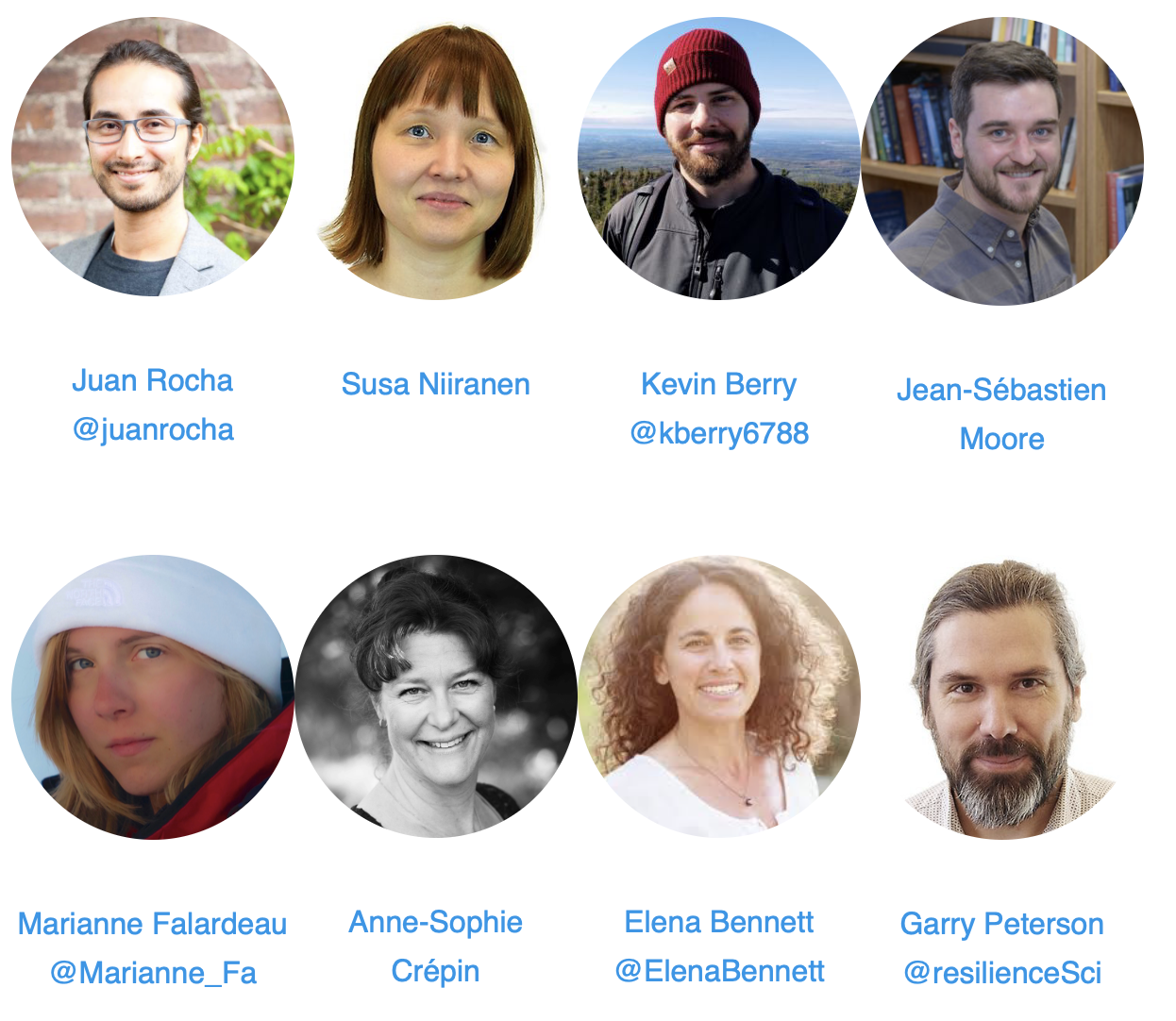
Tack | Gracias
Questions?
email: juan.rocha@su.se
twitter: @juanrocha
project: juanrocha.se/projects/marat
Stockholm Resilience Centre
Subscribe to our newsletter at www.stockholmresilience.org/subscribe

